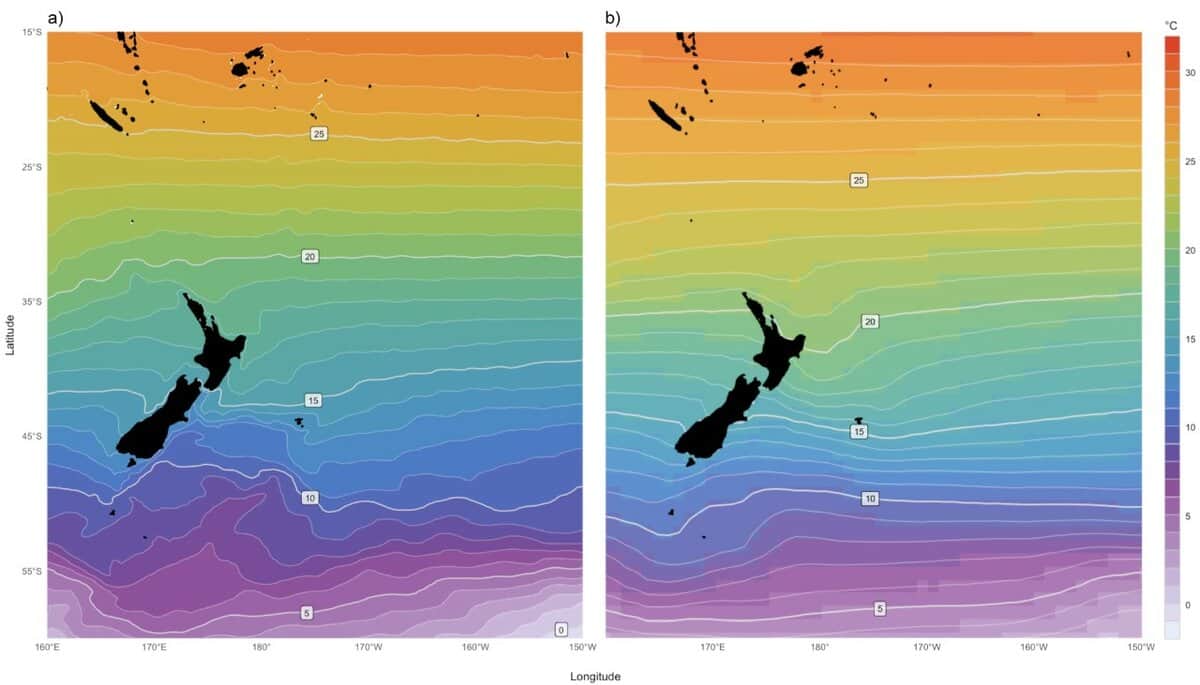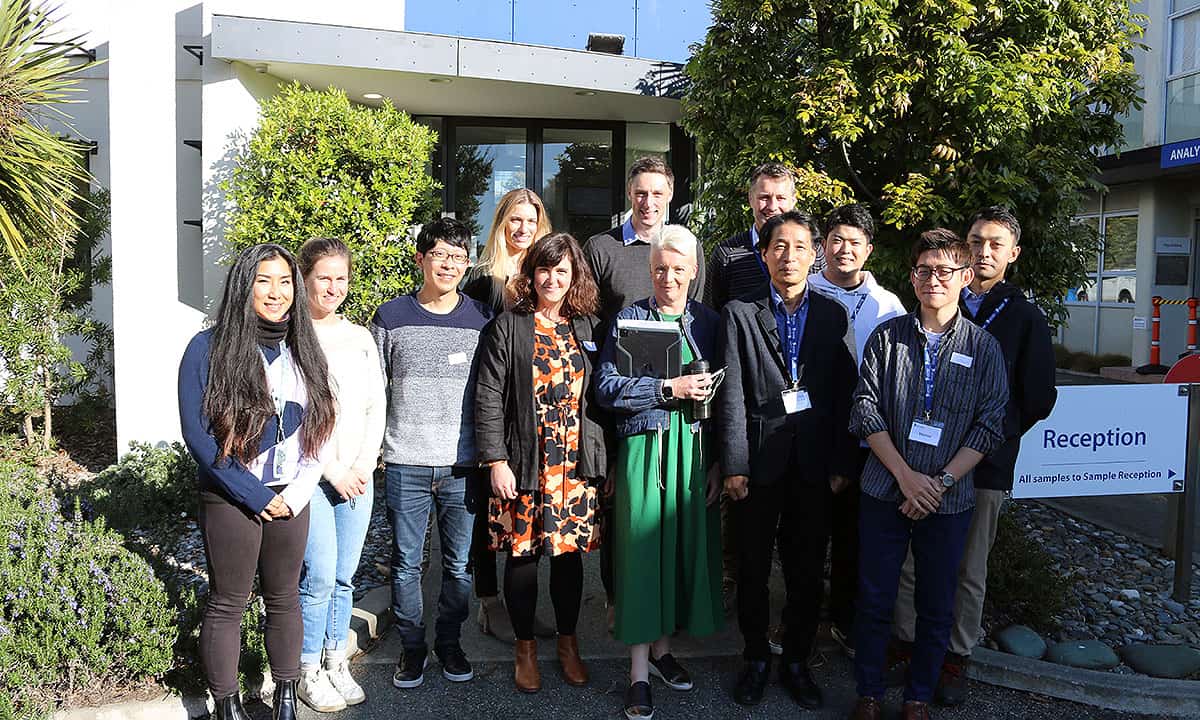Cawthron Institute and Kochi University (Japan) scientists research climate change effects on harmful algal blooms
31 August 2022
Cawthron Institute recently hosted a delegation of researchers from Kochi University (Shikoku Island) as part of a collaborative research project into the effects of climate change on harmful algal blooms in Japanese and New Zealand waters.
The project is funded by Te Aparangi Royal Society of New Zealand’s ‘Catalyst: Seeding’ fund, and has been running since 2021, however this is the first time the two groups of researchers have met in person to discuss their work and the results so far.
Dr Kirsty Smith, Manager of the Molecular and Algal Ecology Group at Cawthron Institute is co-leading the project with Professor Masao Adachi of Kochi University. Dr Smith says the focus of the joint research is to understand how predicted climate change conditions, including seawater warming, is likely to affect harmful algae blooms in Japanese and New Zealand waters.
“All species of microalgae, including those that produce toxins, have preferred environmental conditions that they thrive or survive in,” Smith says.
“There are many factors that determine whether an ocean region is habitable for a species of microalgae, but temperature is a really important one.
“We are preparing for the possibility that species of toxic microalgae from tropical waters start to move southward and establish in New Zealand over time.”
Smith says the concern is that as waters warm over the next 50-100 years, this habitable region for traditional tropical species will expand, posing seafood safety and human health risks in both Japan and New Zealand for the first time.
“We are working toward having great predictive models and monitoring capabilities so that we are prepared for a range of future scenarios, including one where toxin producing microalgae like Gambierdiscus, the species which causes Ciguatera Poisoning in humans who eat contaminated seafood, could arrive in New Zealand or expand their distribution range in Japan.”
Smith says one of the workshops was presented by a Cawthron senior data scientist, Dr Dana Briscoe, who drew upon a wide range of datasets to do predictive modelling which revealed that between 2050 and 2099, waters around Aotearoa New Zealand’s North Island and the top of the South Island could warm by 2°C (under the IPCC, 2019 RCP 8.5 scenario).
Figure: Current vs predicted changes in average sea surface temperature off NZ

Contour intervals (white lines) every 1 degree C; labels every 5 degrees C. a) Climatology of sea surface temperature conditions (1993 – 2020). Source: Mercator Ocean’s GLORYS reanalysis (https://www.mercator-ocean.eu/). b) Predicted sea surface temperature (2050 – 2099). Source: IPCC 2019 (https://www.ipcc.ch/srocc/)
This level of warming would expand the habitable range for the toxin producing microalgae Gambierdiscus and Fukuyoa into these waters.
“In addition to this predictive modelling, researchers from Cawthron and Kochi University presented their work on microalgae, physiology, taxonomy, molecular techniques, toxin chemistry and toxicology. These scientists are experts in how these microalgae function, how they reproduce, what toxins they produce and how toxic these are, how they interact with other species and what environmental conditions they favour.”
“The findings seemed to confirm that Northland New Zealand is an important sentinel site for monitoring in case new species become established. The growth characteristics and current distribution patterns of key species have been determined by the team and this information will feed into our models.”
Smith says the next steps will be to determine the situation under different predicted climate scenarios.
“Now that the data is available, these types of predictive models and risk assessments can be applied to all sorts of aquatic species from marine mammals to human pathogens, so we look forward to exploring other research possibilities.”

